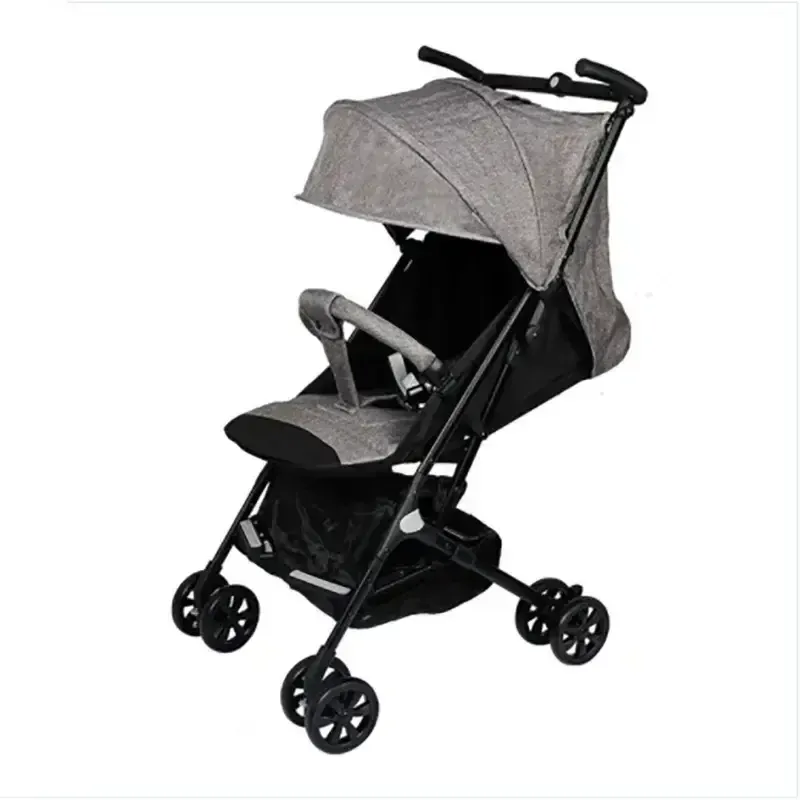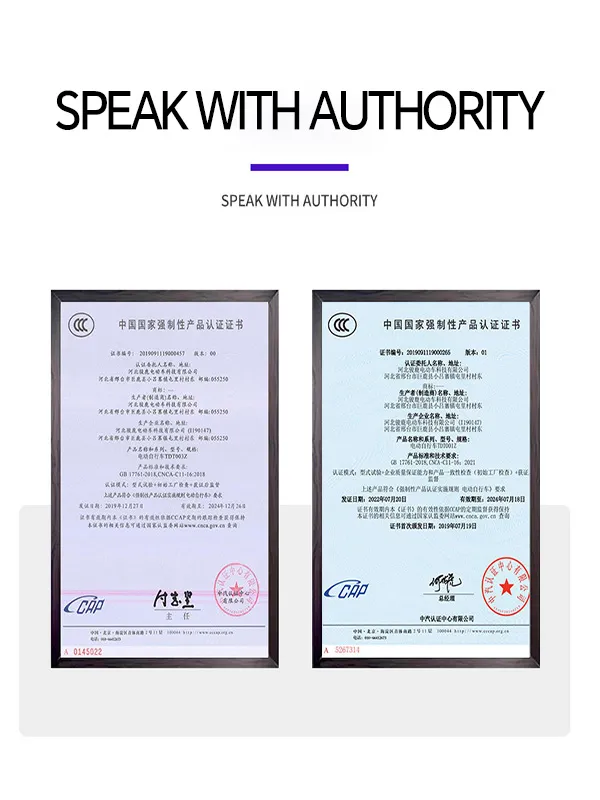
- Afrikaans
- Albanian
- Amharic
- Arabic
- Armenian
- Azerbaijani
- Basque
- Belarusian
- Bengali
- Bosnian
- Bulgarian
- Catalan
- Cebuano
- Corsican
- Croatian
- Czech
- Danish
- Dutch
- English
- Esperanto
- Estonian
- Finnish
- French
- Frisian
- Galician
- Georgian
- German
- Greek
- Gujarati
- Haitian Creole
- hausa
- hawaiian
- Hebrew
- Hindi
- Miao
- Hungarian
- Icelandic
- igbo
- Indonesian
- irish
- Italian
- Japanese
- Javanese
- Kannada
- kazakh
- Khmer
- Rwandese
- Korean
- Kurdish
- Kyrgyz
- Lao
- Latin
- Latvian
- Lithuanian
- Luxembourgish
- Macedonian
- Malgashi
- Malay
- Malayalam
- Maltese
- Maori
- Marathi
- Mongolian
- Myanmar
- Nepali
- Norwegian
- Norwegian
- Occitan
- Pashto
- Persian
- Polish
- Portuguese
- Punjabi
- Romanian
- Russian
- Samoan
- Scottish Gaelic
- Serbian
- Sesotho
- Shona
- Sindhi
- Sinhala
- Slovak
- Slovenian
- Somali
- Spanish
- Sundanese
- Swahili
- Swedish
- Tagalog
- Tajik
- Tamil
- Tatar
- Telugu
- Thai
- Turkish
- Turkmen
- Ukrainian
- Urdu
- Uighur
- Uzbek
- Vietnamese
- Welsh
- Bantu
- Yiddish
- Yoruba
- Zulu
Feb . 19, 2025 04:09 Back to list
derailleur on mountain bike
Adjusting a derailleur on a mountain bike is an essential skill for any cyclist who wants to ensure smooth shifting and prolong the life of their drivetrain. Properly adjusted derailleurs enhance riding efficiency and prevent chain slippage or damage. Here, we'll guide you through a systematic approach to fine-tuning your derailleur, leveraging expert insights and practical experience to achieve optimal performance.
Proceed to cable tension adjustment. Shift the derailleur back to the smallest sprocket and incrementally switch through the gears while pedaling. If the chain hesitates or skips a gear, adjust the barrel adjuster, located where the cable meets the derailleur, by turning it counterclockwise to increase tension or clockwise to decrease it. This fine-tuning balances the cable tension, allowing precise shifts. For front derailleur adjustments, follow a similar approach. Shift to the smallest chainring and the largest rear sprocket. Ensure the outer cage plate runs parallel to the chain, adjusting the 'L' limit screw so the chain sits in the lowest gear without rubbing the derailleur cage. Shift to the largest chainring and smallest rear sprocket, using the 'H' limit screw for precise outer chainring alignment. Cable tension is equally important for the front derailleur. Shift through the chainrings while pedaling. If it skips or hesitates, use the barrel adjuster to refine the cable tension, ensuring seamless transitions. This comprehensive approach not only improves your bike's performance but also enhances your riding experience by ensuring reliable and responsive gear changes. Regular maintenance and fine-tuning, backed by expert knowledge and practical application, establish a trustworthy relationship with your bike, ultimately maximizing its lifespan and your overall satisfaction. By mastering derailleur adjustment, you empower yourself with expertise, ensuring every ride—whether a casual outing or a demanding trail—is executed with precision and confidence.


Proceed to cable tension adjustment. Shift the derailleur back to the smallest sprocket and incrementally switch through the gears while pedaling. If the chain hesitates or skips a gear, adjust the barrel adjuster, located where the cable meets the derailleur, by turning it counterclockwise to increase tension or clockwise to decrease it. This fine-tuning balances the cable tension, allowing precise shifts. For front derailleur adjustments, follow a similar approach. Shift to the smallest chainring and the largest rear sprocket. Ensure the outer cage plate runs parallel to the chain, adjusting the 'L' limit screw so the chain sits in the lowest gear without rubbing the derailleur cage. Shift to the largest chainring and smallest rear sprocket, using the 'H' limit screw for precise outer chainring alignment. Cable tension is equally important for the front derailleur. Shift through the chainrings while pedaling. If it skips or hesitates, use the barrel adjuster to refine the cable tension, ensuring seamless transitions. This comprehensive approach not only improves your bike's performance but also enhances your riding experience by ensuring reliable and responsive gear changes. Regular maintenance and fine-tuning, backed by expert knowledge and practical application, establish a trustworthy relationship with your bike, ultimately maximizing its lifespan and your overall satisfaction. By mastering derailleur adjustment, you empower yourself with expertise, ensuring every ride—whether a casual outing or a demanding trail—is executed with precision and confidence.
Latest news
-
The Ultimate Kids' Four-Wheeler Experience
NewsJul.09,2025
-
The Ultimate Guide to Mountain Bikes: Gear Up for Your Ride
NewsJul.09,2025
-
The New Age of Cycling: Electric Bikes for Every Rider
NewsJul.09,2025
-
The Best Kids Bicycles: Ride in Style and Safety
NewsJul.09,2025
-
The Best 3-Wheel Scooters for Kids: Fun, Safety, and Adventure
NewsJul.09,2025
-
Revolutionize Your Ride: Affordable Electric Bikes
NewsJul.09,2025
-
Finding the Perfect Mountain Bike for Every Rider
NewsJul.09,2025



